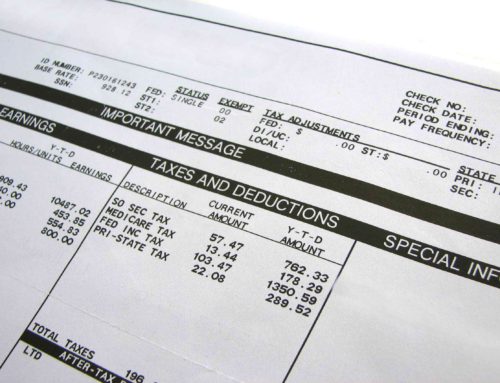A 529 (five twenty-nine) is a tax-advantaged savings vehicle you can use to save for education. It used to only be for college, but as of 2018, it can be used for K-12 education and as of 2019, student loans! OK, what does that mean and why do you care? That’s what we’ll cover here so keep reading.
When I talk about tax-advantaged accounts, I mean savings accounts that allow you to legally avoid having to pay taxes. The cool thing about 529’s is that the contributions you make may be deductible from your state taxable income (check here to see if your state qualifies). And then, when you use the money for a qualified education expense, you don’t have to pay taxes on the withdrawal either. I’m in Georgia. This means that if my wife and I contribute the max to the 529 plans we have set up for our children, which is $8,000 for couples, that’s $8,000 we don’t have to pay state taxes on. In real dollars, that’s $1,185 that’s invested in our kids instead of donating to the state. Sounds like a win to me. And it’s OK because Georgia still gets PA-lenty of tax dollars from us. Even if you can’t afford to max out the contribution, something staying in your pocket is better than nothing.
Wait, there’s more! A 529 is not just a savings account, it’s a brokerage account. This means that the money you contribute can be invested into mutual funds. Though not 100% guaranteed, it’s very likely to earn a much higher rate of return than a standard savings account. The average savings account will yield you somewhere in the 1%-2% range at best. Investing in the market can yield double digit returns in good years and tends to average somewhere in the 6%-7% range. It may not sound like a big difference, but this is how the rich stay rich and get richer.

So what happens if the beneficiary doesn’t use the money for school?
Well, you have a couple of options:
- Simply withdraw the money. However, if you withdraw the money for anything besides a qualified educational expense, you have to pay income tax on the earnings (i.e. however much you made by having your money invested in the plan) plus a 10% withdrawal penalty on those earnings. There are a handful of exceptions. For example, if your beneficiary gets a scholarship. You won’t have to pay the 10% penalty, but you will still have to pay taxes on the earnings.
- You can change the beneficiary on the account. People often assume the new 529 beneficiary has to be your children, but it can technically be any family member of that beneficiary, including yourself. Remember, there’s no time limit on using the money so maybe you have a nephew going to college soon who might be able to use the money or maybe you plan on going to grad school one day 🤷🏾♂️.
In summary, a 529 can save you money on taxes up front and yields tax free growth on the contributions as long as the money is used for qualified educational expenses when it’s withdrawn. People typically set up 529s for their children, but you can technically set up the initial 529 beneficiary to be anyone with a valid social security or tax identification number. If you want to change it later, you can change it to any qualifying family member of that original beneficiary (maybe even you) and they will be able to benefit from the plan so you should definitely set one up. Remember, you can always change the beneficiary if the current beneficiary isn’t acting right. Lol!

Getting Started
You may be asking, how do I get started? Great question. Here’s how…
If you have any specific questions, leave a comment or reach out directly: themoneywhysguy@gmail.com
Happy Savings!







